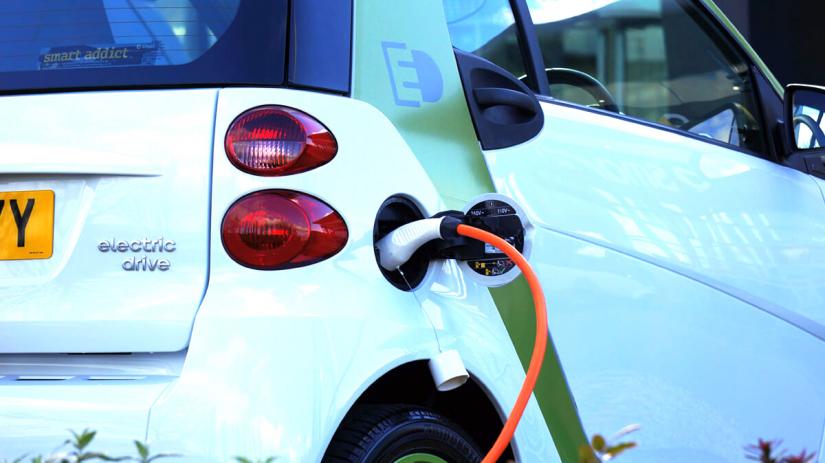Australia’s superannuation funds could be key players in underpinning future growth in clean energy technologies, and capturing the value in renewable energy infrastructure growth for their members.
Growth in the renewable energy sector in the medium to long term will be significant. These timeframes align with the investment timeframes for Australia’s superannuation fund managers.
The transition to a 100% renewable energy future by 2050 in Australia presents a clear and increasingly low-cost pathway for Australia to meet its Paris commitments, particularly when compared to the decarbonisation challenges in other sectors of the Australian economy.
In particular, with an allocation of 7.7 per cent from superannuation, the power sector could reach 100% renewable penetration as soon as 2030.
Key findings
- Australians could fund the nation’s transition to a 100% renewable energy power sector by 2030 with an investment of just 7.7 per cent of the nation's superannuation savings.
- To achieve full decarbonisation for the entire energy system by 2050 – including transport and industry – would require an allocation of 12.4 per cent.
- The total investment required to transition Australia to 100% renewables by 2050 has dropped from $800 billion (calculated in 2016) to $788 billion. This significant investment is dwarfed by the projected growth of Australia's collective super savings – already the fourth largest pool of retirement savings in the world – which is projected to grow from $2.6 trillion to more than $6.5 trillion by 2050.
About this report
The Institute for Sustainable Futures (ISF) is internationally recognised for producing economic and technical scenarios for countries, regions, and precincts for transitioning completely towards 100% renewable energy. In 2016, it created such a scenario for Australia, modelling a plausible and economically viable pathway for 100% renewable energy system by 2050 under its Advanced Renewables scenario.
350.org and Future Super have commissioned ISF to build on this modelling and scenarios to tell the bigger story about how Australia’s transition to a 100% renewable energy system can be funded by a proportion of its retirement savings. ISF has combined this modelling with Rice Warner data on Australia’s forecast future superannuation funds, to define the proportion of Australia’s retirement savings that would be needed to support the transition to 100% renewables by 2050 as well as the investment curve for capital required to be mobilised for each year.
Researchers
-
Senior Research Consultant
-
Research Principal
-
Associate Professor and Research Director
-
Adjunct Associate Professor
Year
- 2018
Client
- Future Superannuation Group Pty Ltd
SDGs
This project is working towards UN Sustainable Development Goal 7 & 13.









